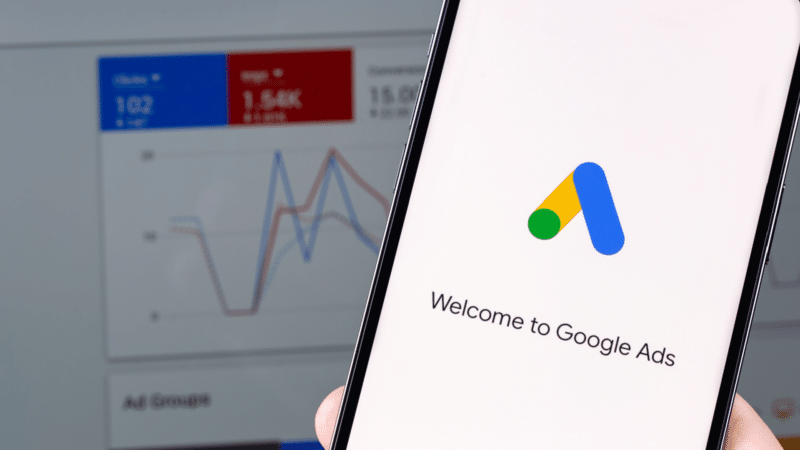
Understanding Google’s Shift to Signals in Demand Generation Campaigns
In an evolving digital landscape, Google’s recent unannounced alteration to its audience categorization for Demand Generation (Demand Gen) campaigns has generated substantial interest among marketing professionals. Rather than adhering to rigid targeting parameters, the new model prioritizes audience “signals.” This change, while not officially confirmed, raises important considerations for advertisers about how to navigate their targeting strategies effectively.
The primary shift involves redefining audience targeting metrics. Advertisers are now expected to view audience segments and age categorizations as signals that inform ad delivery rather than strict criteria. This transition permits a wider reach as campaigns may now engage users outside defined audience parameters, resulting in potentially enhanced visibility. However, this increased breadth comes with the trade-off of diminished control over who ultimately views the ads. Advertisers may find themselves grappling with uncertainties regarding future campaign performance and conversion rates.
In light of this transformation, advertisers must adapt their methodologies accordingly. Meticulous monitoring of audience signals will be critical, along with the recalibration of bidding strategies to align with the insights derived from these signals. Moreover, there exists the possibility of uncovering high-performing audience segments that the algorithm identifies, offering marketers unique insights into audience behavior that may not have previously been recognized.
The industry response to these developments has been mixed. Experts emphasize a growing concern regarding the unpredictability of ad performance and challenges tied to less direct targeting capabilities. The insights from Thomas Eccel, a leader in Demand Gen training, indicate that this could enhance exposure to users beyond the conventional audience lists, potentially complicating accountability in advertising campaigns.
While uncertainty lingers regarding whether this shift represents a finalized update or a mere trial by Google, it is evident that the trajectory is leaning towards AI-driven, algorithmic advertising methodologies. This approach indicates a broader trend within digital marketing, emphasizing the need for continuous adaptation and strategic foresight from marketers.
Additionally, this shift in audience categorization relates closely to the evolving landscape of URL shorteners and link management. As campaigns become less predictable, leveraging URL management tools can provide marketers with better insights into link performance and engagement metrics. By integrating such technologies, it’s possible to maintain visibility and accountability in advertising efforts amidst these significant changes.
In conclusion, Google’s transition to using signals in Demand Gen campaigns marks a pivotal change in advertising strategies, calling for heightened awareness and adaptive strategies from marketing professionals. As this shift unfolds, one thing remains clear: understanding and leveraging audience signals will be essential for achieving sustained marketing success.
Hashtags: #BitIgniter #LinksGPT #UrlExpander #UrlShortener #DigitalMarketing #AIAdvertising
Want to know more: Read more


